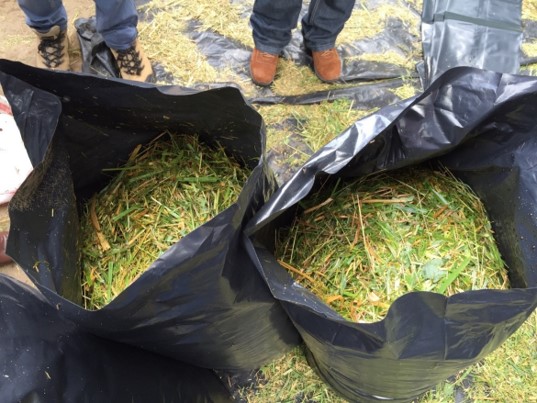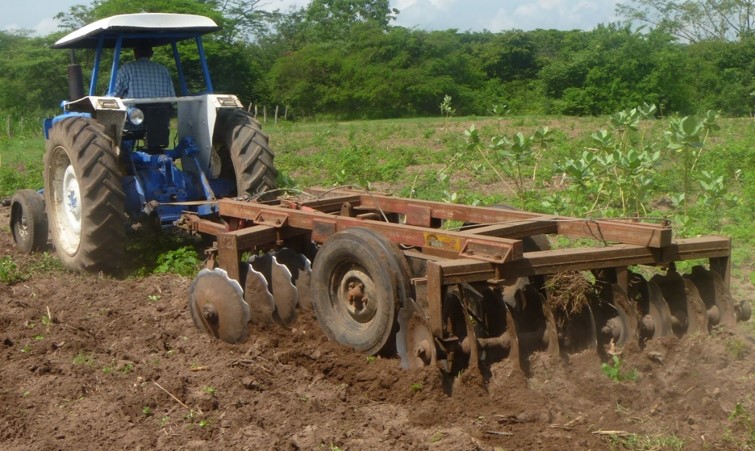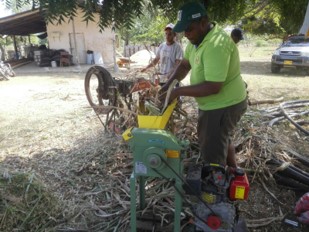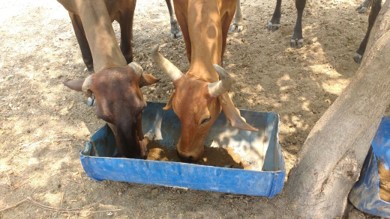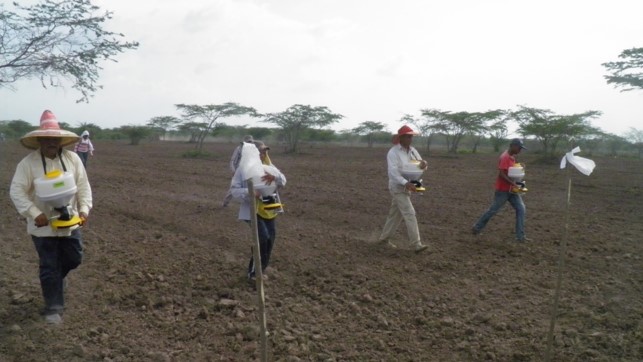Management recommendations for silvopastoral systems in southern Atlántico

- Thematic area:
- Integrated management of the productive system
- Productive system:
- Meat-dairy bovine
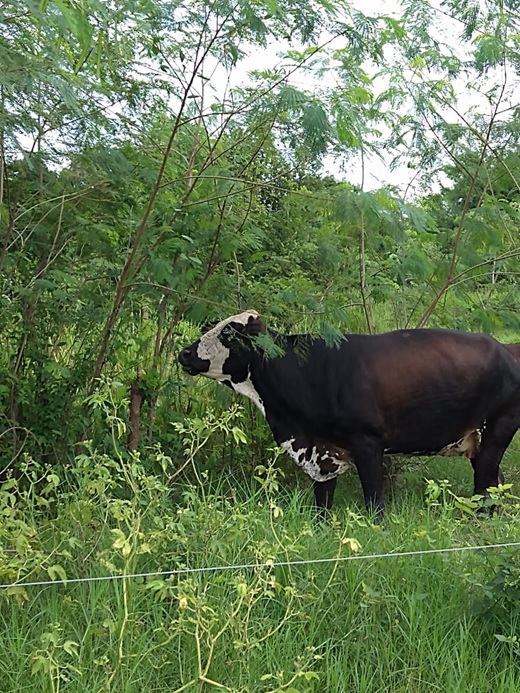
Description
This technological offer focuses on managing established silvopastoral systems as an alternative for recovering degraded grasslands and soils. It can be developed in edaphoclimatic conditions in the south of the department of Atlántico.
The regional climatic characteristics necessary for applying this technology are an average annual temperature of 27 °C, average annual precipitation between 900 and 1,200 mm/year, and relative humidity of approximately 70%. The characteristics of the dominant soils must coincide in being moderately deep, with medium to fine textures, flat and undulating reliefs, and have susceptibility to flooding due to their imperfect or moderate natural drainage.
The recommendations of this offer are listed below:
-
Fertilization and grazing management: It is recommended that a rotational system be established with days of occupation and the rest of 2 and 22, respectively. This management is equivalent to the design of 12 pastures, in which the recommendation is to divide them with electric fencing.
-
Supplementation with Sorghum Corpoica JJT-18: 0.5 ha of Sorghum CORPOICA JJT-18 must be established for nutritional support in the dry period. In this case, the technical establishment criteria described in the sowing of silvopastoral systems with a renewal approach must be followed. During a dry period, a supply of 15 to 20 kg of Sorghum CORPOICA JJT-18 silage per animal per day is recommended.
- Energy-protein supplementation: it is validated by the inclusion of raw materials available in the south of the department of Atlántico, such as those derived from the palm oil industry. The recommendation is to make a completely homogeneous mixture of the supplement's components and use it during periods of forage availability.
- Rotation strategies: This production model is based on the implementation of an intensive rotational grazing system, which includes the use of high-yield and nutritionally high-quality pastures (Guinea, Agrosavia Sabanera, Mombasa and Star pastures) for the management of Zebu and Creole cattle and their crosses. In addition, the management of trees, weeds, and shrubs is promoted, which contributes to improving soil quality within an integral system of forage supply and consequent livestock comfort. Pasture rotation is also considered, suggesting eight pastures of 2,500 square meters, with three days of occupation and 21 days of rest; however, it is flexible depending on the implementation area, pasture used, and others.
It is important to consider that, at the beginning of each fattening cycle, animals must be given vitamins and vaccinated against officially controlled diseases and dewormed, if possible, avoiding the use of broad-spectrum products such as ivermectins, which are harmful to soil macrofauna.
Audiovisual content
Virtual event: Ganadería sostenible del Trópico seco basada en sistemas silvopastoriles [Spanish]
Virtual event: Sistemas silvopastoriles para una ganadería sostenible del trópico alto [Spanish]
ALIMENTRO - Reconocer qué le está ofreciendo a sus animales en un sistema silvopastoril [Spanish]
Sistema agrosilvopastoril con sorgo forrajero JJT-18 para la serranía de la altillanura colombiana [Spanish]
Uso y manejo del ensilaje de sorgo forrajero JJT18 en la alimentación animal [Spanish]
OT En 30 Segundos - Sorgo forrajero JJT 18 [Spanish]
Associated publications
- Tecnical bulletin: Sorgo Forrajero Corpoica JJt-18
- Manual: Modelos silvopastoriles para el sur del Atlántico: programa de apoyo a la reactivación económica de los municipios afectados por la ola invernal 2010-2011.
- Brochure: Sorgo dulce forrajero Corpoica JJT-18, alternativa forrajera para la alimentación de bovinos en épocas crítica.
- Book: Establecimiento de sistemas silvopastoriles para la región Caribe.
- Productive model: Modelo productivo sistemas silvopastoriles de estratos múltiples para el sistema de producción bovina doble propósito en la región Caribe de Colombia.
- Scientific article: Efecto sobre la producción de carne de la aplicación de tecnologías de renovación de praderas de Bothriochloa pertusa (L.) A. Camus en la Costa Norte Colombiana.
- Scientific article: Efecto de subproductos de palma africana en la producción y calidad de leche bovina en el sur del departamento del Atlántico
- Thesis: Estudio de la apropiación de sistemas silvopastoriles en la producción de leche bovina en el contexto del agronegocio lácteo del sur del Atlántico.
Image gallery
